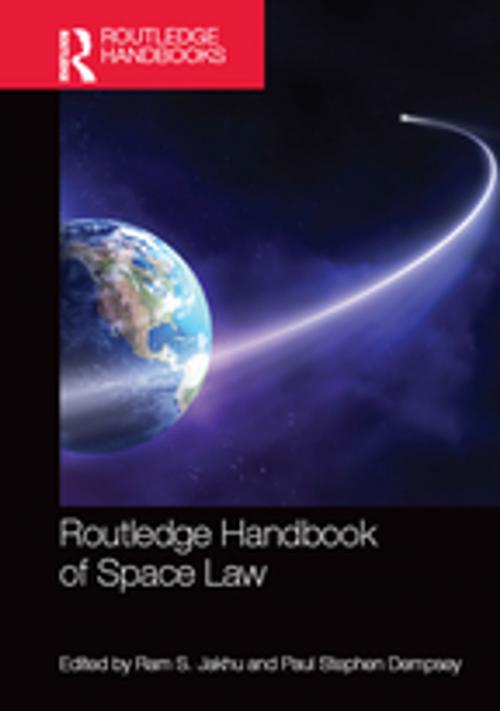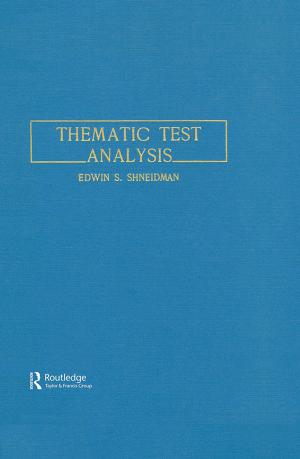| Author: | ISBN: | 9781317613725 | |
| Publisher: | Taylor and Francis | Publication: | November 10, 2016 |
| Imprint: | Routledge | Language: | English |
| Author: | |
| ISBN: | 9781317613725 |
| Publisher: | Taylor and Francis |
| Publication: | November 10, 2016 |
| Imprint: | Routledge |
| Language: | English |
This handbook is a reference work providing a comprehensive, objective and comparative overview of Space Law.
The global space economy reached $330 billion in 2015, with a growth rate of 9 per cent vis-à-vis the previous year. Consequently, Space Law is changing and expanding expeditiously, especially at the national level. More laws and regulations are being adopted by space-faring nations, while more countries are adapting their Space Laws and regulations related to activities in outer space. More regulatory bodies are being created, while more regulatory diversity (from public law to private law) is being instituted as increasing and innovative activities are undertaken by private entities which employ new technologies and business initiatives. At the international level, Space Law (both hard law and soft law) is expanding in certain areas, especially in satellite broadcasting and telecommunications.
The Routledge Handbook of Space Law summarises the existing state of knowledge on a comprehensive range of topics and aspires to set the future international research agenda by indicating gaps and inconsistencies in the existing law and highlighting emerging legal issues. Unlike other books on the subject, it addresses major international and national legal aspects of particular space activities and issues, rather than providing commentary on or explanations about a particular Space Law treaty or national regulation.
Drawing together contributions from leading academic scholars and practicing lawyers from around the world, the volume is divided into five key parts:
• Part I: General Principles of International Space Law
• Part II: International Law of Space Applications
• Part III: National Regulation of Space Activities
• Part IV: National Regulation of Navigational Satellite Systems
• Part V: Commercial Aspects of Space Law
This handbook is both practical and theoretical in scope, and may serve as a reference tool to academics, professionals and policy-makers with an interest in Space Law.
This handbook is a reference work providing a comprehensive, objective and comparative overview of Space Law.
The global space economy reached $330 billion in 2015, with a growth rate of 9 per cent vis-à-vis the previous year. Consequently, Space Law is changing and expanding expeditiously, especially at the national level. More laws and regulations are being adopted by space-faring nations, while more countries are adapting their Space Laws and regulations related to activities in outer space. More regulatory bodies are being created, while more regulatory diversity (from public law to private law) is being instituted as increasing and innovative activities are undertaken by private entities which employ new technologies and business initiatives. At the international level, Space Law (both hard law and soft law) is expanding in certain areas, especially in satellite broadcasting and telecommunications.
The Routledge Handbook of Space Law summarises the existing state of knowledge on a comprehensive range of topics and aspires to set the future international research agenda by indicating gaps and inconsistencies in the existing law and highlighting emerging legal issues. Unlike other books on the subject, it addresses major international and national legal aspects of particular space activities and issues, rather than providing commentary on or explanations about a particular Space Law treaty or national regulation.
Drawing together contributions from leading academic scholars and practicing lawyers from around the world, the volume is divided into five key parts:
• Part I: General Principles of International Space Law
• Part II: International Law of Space Applications
• Part III: National Regulation of Space Activities
• Part IV: National Regulation of Navigational Satellite Systems
• Part V: Commercial Aspects of Space Law
This handbook is both practical and theoretical in scope, and may serve as a reference tool to academics, professionals and policy-makers with an interest in Space Law.















